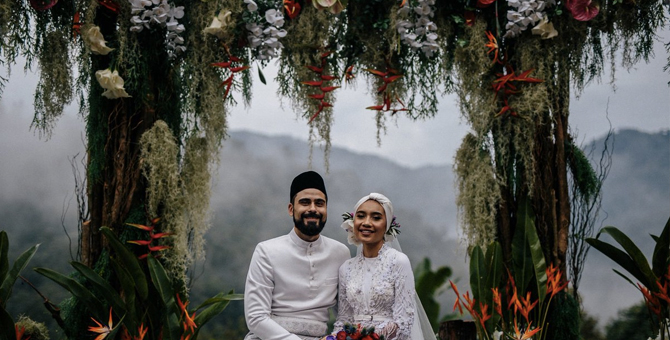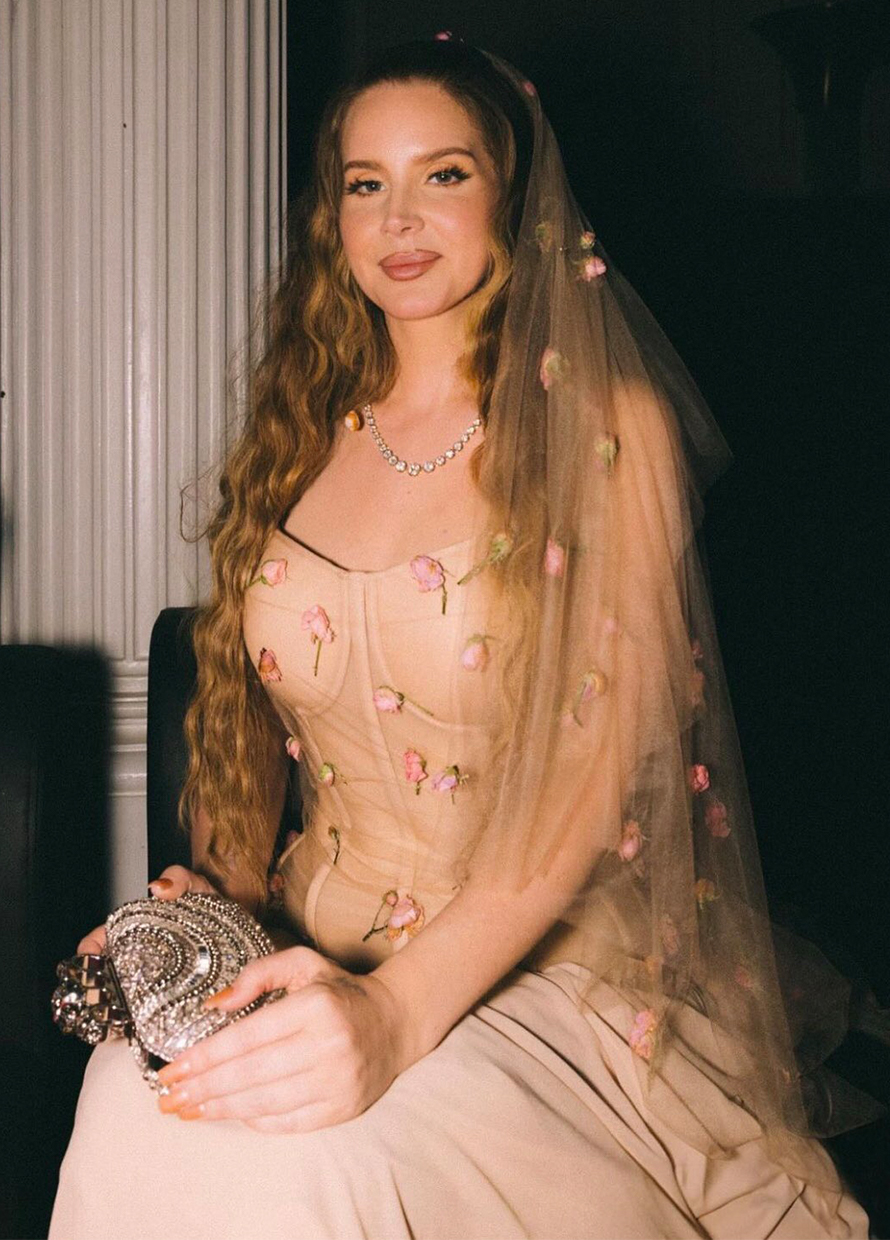Need a guide on Malay weddings? They may appear as multiple lavish celebrations that seem to go on forever, with customs that derive from a range of other rich cultural sources (read: Hinduism) and with a confusing set of rules and regulations that come with them—truly, a cultural enigma. But, well, enigma-no-more; we’re here to give you a little step-by-step insight into what goes on in a Malay wedding.
Pre-wedding customs
Merisik
Although the direct translation from Malay to English is ‘spying’, this stage is better known as the ‘viewing’ of the woman by the man, typically carried out by the young man’s parents or relatives to explore her background, interact with her family and gauge the availability of the woman. In Islam, it is forbidden for a man to make a proposal to a woman who is already prevailed upon to be married, so this stage allows him to avoid this little blunder. This stage is increasingly becoming something of the past as in our modern society, women and men are acquainted with each other beforehand.
Meminang
This is the proposal; once parties are committed to one another, a date and time for the engagement is set and the exact amount for the duit hantaran or dowry tray-gifts is agreed upon.
Adat Bertunang
View this post on Instagram
This is the engagement ceremony. Typically in the setting of a big feast, the aim of this event is to put a ring on the bride-to-be’s finger—usually done by female representatives of the groom (either the mother or a sister)—and the tray-gifts are exchanged, which makes the engagement official.
Customs of the engagement:
- The duration of the engagement is set during this event
- Gifts are given in odd numbers as even numbers are considered unlucky
- If the elder sister of the bride-to-be is still unmarried, then she is also given gifts (nice!). The exact number of gifts depends on the generosity of the giver.
Adat berinai
This stage usually occurs three days or so before the wedding proper; the hands and feet of the bride and her bridal party are decorated with henna. The roots of this practise are in Hinduism and Buddhism, and is meant to ward off bad luck and malicious spirits, as well as show that the couple is betrothed.
A lot of people opt to skip this step, but others follow through as it serves as an extra merriment for the bridal party; somewhat of a bachelorette party!
The wedding customs
The wedding is divided into two segments; the Akad Nikah and the Majlis Bersanding.
Akad Nikah
View this post on Instagram
This is the wedding proper—the official wedding ceremony and the solemnisation of the oaths. More modern couples may opt to skip out on the rest of the stages and just do the Akad Nikah as it is the only truly necessary step to be married.
As part of the tradition, the groom is required to present the bride with gifts in order to enter her family home—the tradition varies from state to state but essentially the groom must pass a few obstacles to reach his bride.
In the actual ceremony, which is officiated by an Imam (leader of the mosque) or a Kadi (Islamic official), religious oaths are recited and the groom is informed of his duties as a husband. The groom is then required to repeat the oath after the Imam or Kadi in one breath. Following that, the marriage is declared solemn and the bride and groom sign the marriage contract.
Other events of the big day include hantaran, which is the tradition of gift-giving from the bride to the groom and vice versa. This includes the amount of duit hantaran previously agreed upon during the Adat Bertunang and other gifts which can be anything from food to laptops and other luxuries. This practice is supposed to symbolise the beginning of the groom’s responsibility to provide and fulfil the needs of his bride. However, the gifts are not compulsory if either party is unable to afford them (this is always discussed prior to the wedding, during the Adat Bertunang).
Customs of the Akad Nikah:
- The ceremony is only witnessed in front of family and close friends
- The ceremony is held either at the bride’s parent’s home or a local mosque
Majlis Bersanding
Better known as the wedding reception, this is a much larger party held for extended family, friends and acquaintances. It can be held in the afternoon—which is a more informal event with no fixed itinerary—or in the evening, which is more formal and may involve a multiple-course dinner and fewer guests. Regardless, the events that do occur during the wedding reception usually include the couple sitting side by side (bersanding) on the wedding dais, merinjis (‘VIP’ guests blessing the couple as well in a traditional ritual) as well as a few cultural performances. It is typically a celebration with an endless buffet.
Customs at the reception
- During the Bersanding ceremony, the newlyweds are treated as king and queen for their big day
- Guests are not expected to be there on time, nor are they expected to stay for the whole duration—just check when the key events are happening such as the wedding dais or the sit-down meals
- In a tradition derived from Hindu culture, the guests offer their blessings by throwing a combination of bunga rampai (finely cut aromatic Pandan leaf, sprayed with perfume) liquid rice flour and rose water over the couple – these are laid out on a tray
- The guests who bless the couple are offered Bunga Telur, the symbol of fertility (at modern weddings these are usually scented soaps, sweets or chocolates)
- Receptions can be held almost anywhere, but typically the locations of choice are hotel ballrooms or restaurants
- Some may choose to host multiple Bersanding events at the bride’s house and then the groom’s house for each side of the family, as well as bigger receptions in hotels, restaurants or community centres for extended family and friends
General social etiquette
- Greet the hosts and other guests with a handshake or a salam (kissing the hand). Do note that if they are religious members of the opposite sex they may not be comfortable with this.
- The dress code for the wedding proper is conservative—modest clothing that isn’t revealing and headscarves for women. The easiest option is traditional Malay clothes (Baju Kurung/Kebaya for women; Baju Melayu for men).
- In the case of the reception, maintain the modest dress code but note that you do not have to be in traditional dress—wear whatever you please (within reason!)
- Money is the typical gift of choice at a Malay wedding, and should be passed to the parents of the bride or groom at the end of the ceremony in an enclosed packet
| SHARE THE STORY | |
| Explore More |




